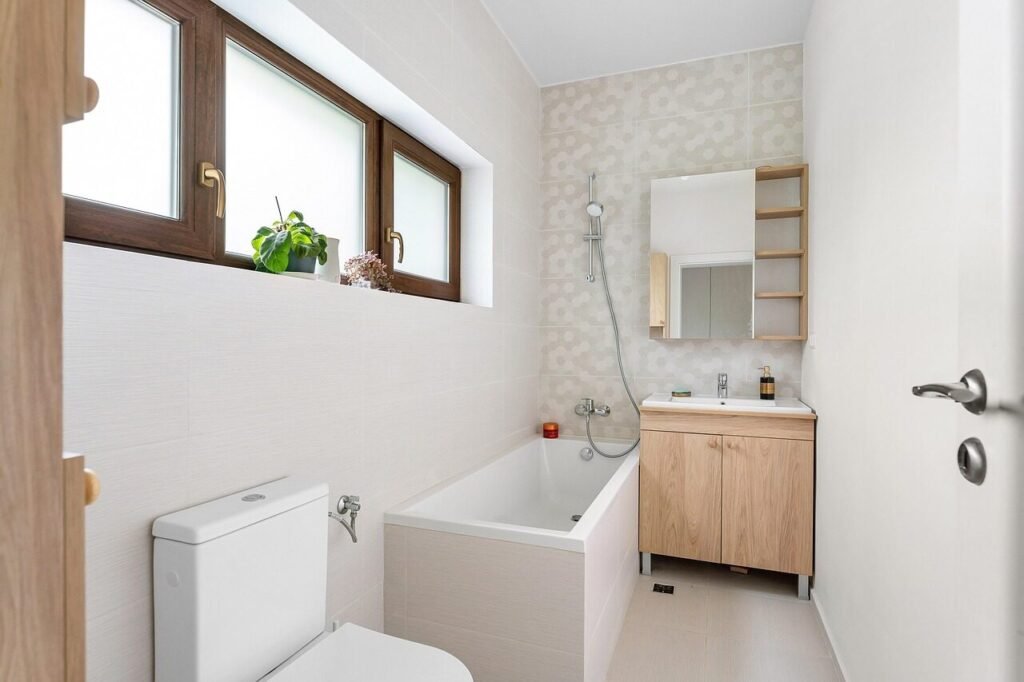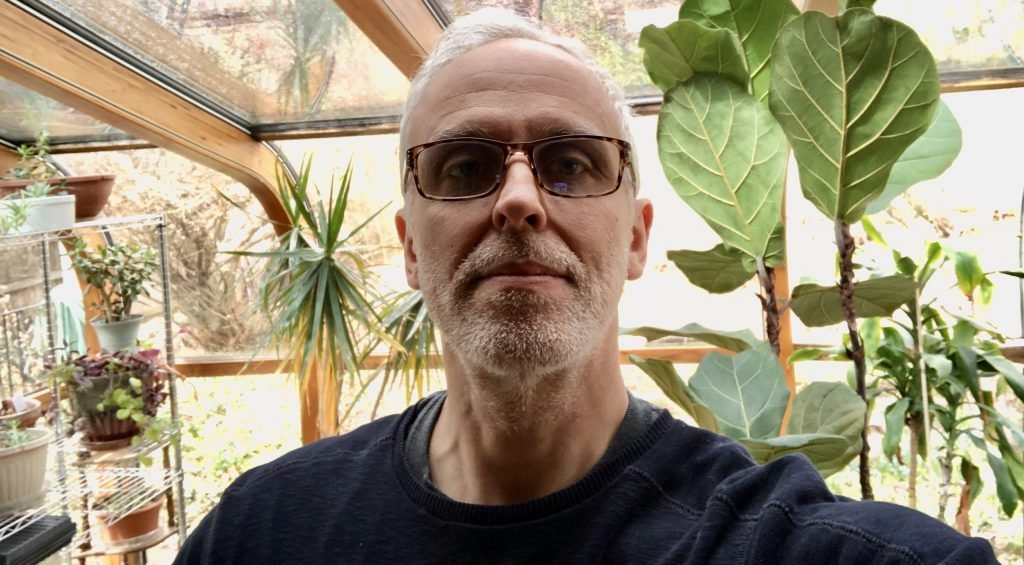The Comfort that Turns into a Challenge
There are days when my body screams for relief. After an afternoon spent in the garden, the kind of day that leaves every muscle aching, an Epsom salt bath isn’t just a luxury; it’s a necessity. For someone living with conditions like Ehlers-Danlos Syndrome (EDS), constant muscle soreness is a familiar companion, and a warm bath often provides the only solace. But even this simple act of self-care can quickly turn into a terrifying ordeal.
The Unpredictable Shift
It’s curious how these severe episodes of orthostatic intolerance seem to ebb and flow throughout the year. Right now, during what feels like an active period, these moments of instability catch me off guard far too often. There are months when I can step out of a bath with relative ease, and then suddenly, without warning, the risk rears its head, making the simple act of standing a perilous gamble.
The Precarious Ascent
My routine for exiting the tub is meticulously practiced, a conscious effort to prevent what I know can happen. After soaking, I carefully bend my knees, shifting them over the edge of the tub until my feet find solid ground. Then, with deliberate slowness, I begin to transition from sitting to standing. For a split second, everything feels fine. A fleeting sense of normalcy, a deceptive calm.
How many glasses of water or fluids do you drink daily?
The Immediate Plunge into Chaos
And then, it hits. Without a single warning sign, I’m falling. My vision instantly narrows, transforming into a terrifying pinhole, the edges of my world closing in as if a dark curtain is rapidly drawing shut. A profound lightheadedness engulfs me, the floor rushing up to meet me as my body collapses to my knees.
In that moment, control vanishes. My limbs begin to shake, not with a rapid tremor, but with a wide, slow sway – my arms and legs shifting inches side to side. It’s a violent lack of control, a feeling of being a puppet whose strings have been severed. My world is consumed by tunnel vision, the violent swaying, and the desperate effort to keep from collapsing completely to the floor.
During those seconds, which stretch into what feels like an eternity, a profound sense of helplessness washes over me. There’s a flicker of fear, too, because I’m not in command of my own body. It’s a waiting game, a silent plea for the storm to pass. I know from past experiences that it should pass, that I’ll eventually regain my bearings, but in the thick of it, the only option is to endure.

The Slow Return
Slowly, agonizingly, the shaking subsides. My vision gradually expands, the pinhole aperture widening until the world returns to full view. I remain on my knees, gathering myself, until I feel a flicker of strength return. Then, even more cautiously than before, I attempt to stand again. Every movement is deliberate, every muscle engaged in a painstaking effort to remain upright. I reach for the wall, my hand finding purchase, holding on tight as my body recalibrates, strength seeping back into my limbs.
The lingering effects are brief but distinct. For a few minutes, a persistent lightheadedness and weakness remain. But surprisingly, after about ten minutes, it’s as if the entire ordeal vanishes. The shakiness, the vision loss, the dizziness, the profound weakness – all seem to dissipate completely, leaving no immediate residual fatigue or mental exhaustion.
A Unique Challenge
This particular form of orthostatic intolerance, triggered by the warmth of the bath and the act of standing from a prone, relaxed position, stands out as one of the most severe and reoccurring POTS-related episodes I face. It differs from other symptoms like heat intolerance; this specific scenario seems uniquely potent, perhaps due to the combination of heat, the low position, and the sudden change in posture.
The unpredictability of it is perhaps the most frustrating aspect. Despite my careful routine – first getting my knees over the tub, then gently trying to stand – it can still strike without a moment’s notice. One second, you believe you’re fine, rising from the water; the next, you’re shaking on your knees, your world narrowed to a pinhole of almost-black.
It’s an ongoing challenge, this daily dance with my conditions. I’m actively exploring solutions, even considering a small, foldable shower chair to keep next to the bath, allowing me to sit for longer and transition more gradually. This is the reality of living with POTS and its complex companions – a continuous process of adaptation, vigilance, and the unwavering hope for a smoother, safer rise from the depths of a comforting bath.



